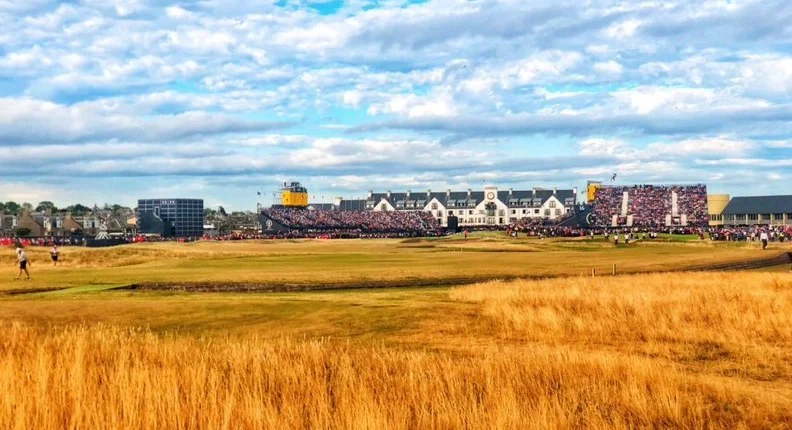And now, a survey...
The USGA and The R&A to Engage Global Golf Community in Distance Insights Project
Sports Marketing Surveys Inc. appointed to conduct research to secure feedback
and perspectives this fall
LIBERTY CORNER, N.J. AND ST ANDREWS, SCOTLAND (Aug. 14, 2018) - In an effort to thoroughly inform the Distance Insights project through the lens of the global golf community, the USGA and The R&A will engage with golfers and a wide range of golf’s stakeholders to gather perspectives on the potential causes and impacts of increased distance, beginning in September.
The Distance Insights project began in May as part of the governing bodies’ overall efforts to ensure the long-term sustainability of the sport. Primary and third-party research is currently being conducted to review historical data and ascertain the past, present and future implications of increased distance on how the game is played.
In this latest phase of the Distance Insights project, research will be conducted with a series of golfers and stakeholder groups worldwide, banded into 12 general categories. Each group will be asked a series of universal questions to elicit broad perceptions of distance in golf, as well as group-specific questions relating to their area of expertise. The findings of the global perspectives research are expected to be a vital component of the full Distance Insights report, scheduled to be released in 2019.
Sports Marketing Surveys, Inc., an independent and international full-service sports research consultancy, has been selected through a global RFP process to provide multi-layered research and insight expertise for this phase of the project.
Stakeholder categories are as follows:
Championship committees
Course Facility professionals/managers
Facility maintenance providers, including superintendents/greenkeepers
Golf administrative organizations
Golf course architects/construction professionals
Golf equipment retailers
Golf equipment manufacturers
Golf professionals/teachers
Golfers
Media
Non-golf stakeholders
Tournament golf spectators
The SMS Inc. research will be conducted throughout the world and in several languages, including Chinese, English, French, Japanese, Korean, Portuguese, Spanish and Swedish, and involving golfers and those working in the industry in both established and emerging golf communities.
The work will principally focus on gaining an understanding from various stakeholder groups into how distance in golf has impacted them over their full golf experience, if at all, and its projected impact into the future. It will include analysis of feedback received to date from the global golf community, following the project’s initiation earlier this year.
Information on the Distance Insights project, including frequently asked questions, historical data and general terms and conditions for submitting data, can be found at usga.org/distanceinsights or randa.org/distanceinsights.


























